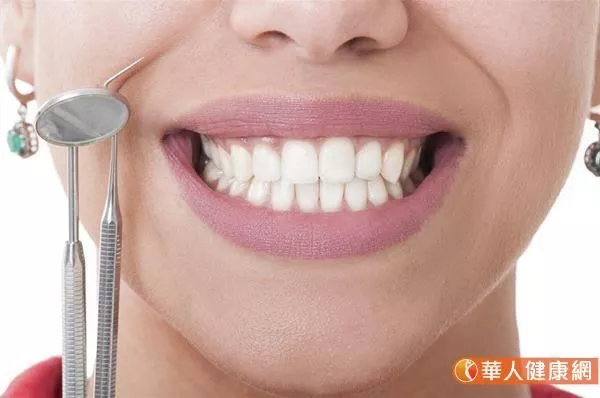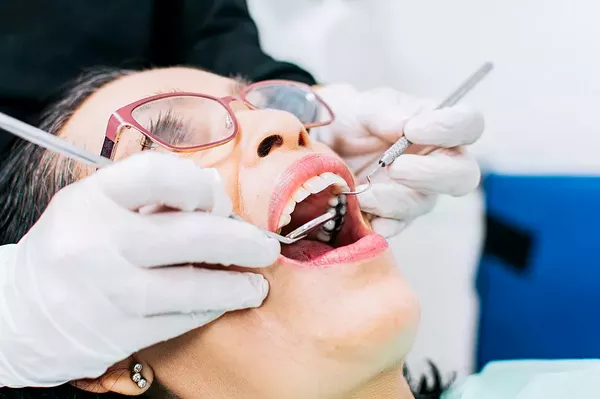A radiant smile is often considered a symbol of confidence and good oral health. As individuals seek ways to enhance their smiles, one common consideration is the cost of teeth whitening. This article aims to shed light on the expenses associated with teeth whitening when insurance coverage is not a factor, exploring various factors that influence the overall cost.
1. Professional In-Office Teeth Whitening Costs
One of the most effective and fastest ways to whiten teeth is through professional in-office treatments. The cost of professional teeth whitening performed by a dentist typically ranges from $500 to $1,000. This cost may vary based on the location, the dentist’s expertise, and the specific whitening system used.
2. At-Home Whitening Kits
For individuals looking for a more budget-friendly option, at-home whitening kits are widely available. These kits often include custom-fitted trays and whitening gel. The cost of at-home kits varies, with prices typically ranging from $100 to $400. The effectiveness may vary based on the product, and it’s essential to follow the instructions carefully for optimal results.
3. Over-the-Counter Whitening Products
Over-the-counter (OTC) whitening products, such as whitening strips, gels, and toothpaste, offer a more economical approach. Whitening strips, for instance, may cost between $20 and $60, while whitening toothpaste is usually priced between $5 and $15. While these products are more affordable, they may require more extended use to achieve noticeable results compared to professional treatments.
4. Considerations for Cost Disparities
Several factors contribute to the disparities in the cost of teeth whitening. These include the geographical location of the dental practice, the reputation and experience of the dentist, and the type of whitening system or product being used. Before committing to a specific treatment, it’s advisable to obtain quotes from different providers to gauge the range of costs in your area.
5. Discounts and Promotions
Dental offices and retailers often run promotions or discounts on teeth whitening services or products. It’s worth exploring these options to potentially reduce the overall cost. However, it’s crucial to ensure that the discounted services or products meet the necessary quality standards and are administered or recommended by qualified professionals.
6. Additional Costs to Consider
Beyond the primary cost of teeth whitening, individuals should be aware of potential additional expenses. These may include follow-up appointments, touch-up treatments, or supplementary products recommended by the dentist. Understanding the full scope of costs associated with teeth whitening helps individuals make informed decisions based on their budget and desired outcomes.
7. Financing Options
Recognizing that teeth whitening may be a cosmetic procedure, some dental offices offer financing options to make the treatment more accessible. Patients can inquire about installment plans or financing programs that allow them to spread the cost over a period, making teeth whitening a more feasible investment.
Conclusion: A Brighter Smile Within Reach
In conclusion, the cost of teeth whitening without insurance varies based on several factors, including the chosen method, location, and additional services required. While professional in-office treatments tend to be pricier, at-home and over-the-counter options offer more budget-friendly alternatives. It’s essential for individuals to weigh the costs against their desired results and explore available discounts or financing options to make teeth whitening an achievable enhancement for their smiles. Regardless of the chosen method, a brighter smile is within reach for those who seek it, contributing to increased confidence and an enhanced sense of well-being.
How Long After A Dental Filling Can I Eat
What to do if you have yellow teeth?
Why Do Clear Braces Turn Yellow






























